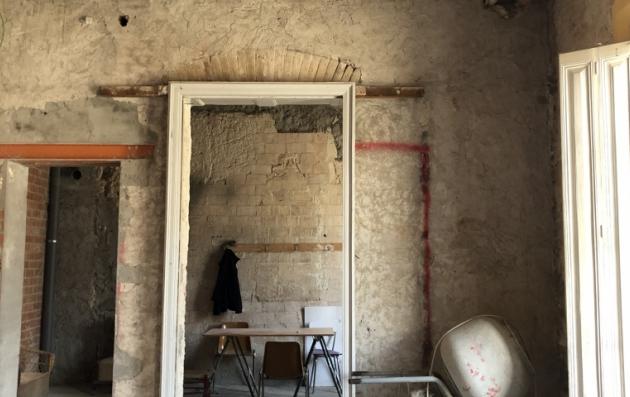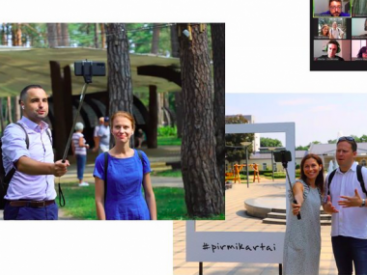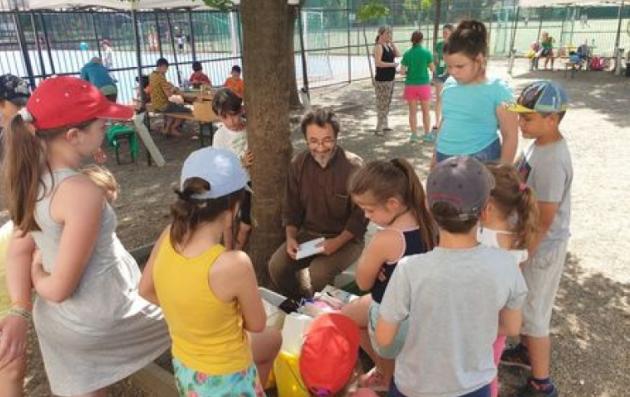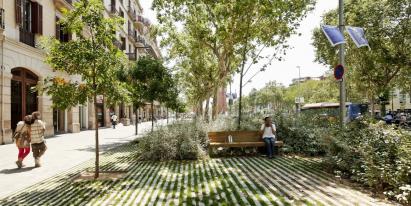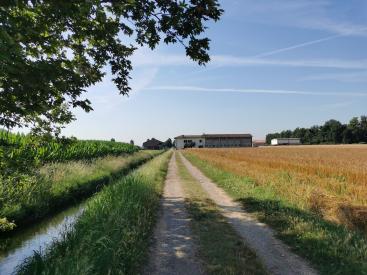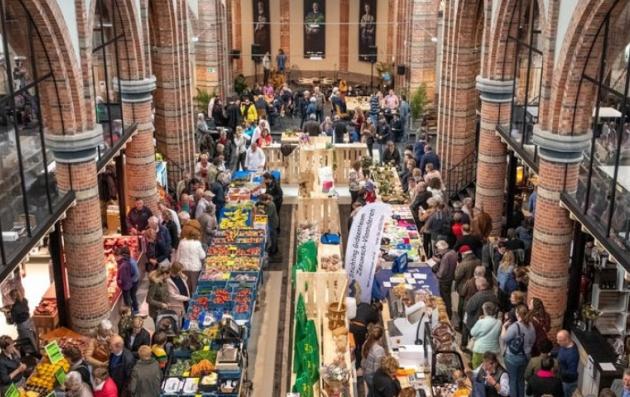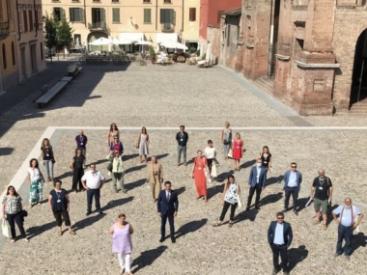Shifting mindsets to involve local communities in urban regeneration
Appointing community representatives amongst the residents of the target area Edgbaston Reservoir, to become permanent ambassadors, communicating with the City Council, and understanding their challenges – enabling Birmingham in this way to rebuild trust
Solutions offered by the good practice
<p>Whilst in Łódź a city administration mediator works with the community during the regeneration process, Birmingham went a step further, appointing community representatives in the target area – where some had lived for decades. Once trained, they become permanent ambassadors, communicating with the City Council, and understanding their challenges. This enabled Birmingham to rebuild trust in a community who had previously opposed all council plans.</p><p>The role of the mediator (based in an NGO), as a link to the city, through the improvised role of the area manager (employed by the city) has proved to be a key element, giving real space to the participative process, putting aside professional intermediaries, as the “speed of trust” shared by the residents should at all costs be upheld. The same mediator, in the need to guarantee sustainability has become the CEO of a community enterprise in the local area and has led the coordination of the ULG with great success.</p>
Sustainable and integrated urban approach
<p style="margin-bottom:6.0pt">The project introduced a Community Economic Development Planning (CEDP) approach, encouraging local economic development that generates human wellbeing. The power to drive change rests within the community of residents, local businesses, and local service providers including councils, community groups and voluntary sector organisations with a direct stake in the area’s economic health.</p><p style="margin-bottom:6.0pt">Integrated management is a big challenge to all public bodies. It’s been particularly inspiring for Birmingham to see changes introduced by Lodz. The cross-departmental approach of Lodz proved to be very inspiring to Birmingham in building up the localism agenda. In 2019 a delivery unit for the East Birmingham Inclusive Growth Strategy has been established and the structure of this has been modeled on the Lodz Regeneration Team. It is a multi-disciplinary team and aims to link several BCC departments with the city-region administration (West Midlands Combined Authority) – its remit is to support the regeneration of the area and foster inclusive economic development. The main purpose is to involve communities and include them in the redesign process of their neighbourhoods to make sure that the benefits of the development are felt where they are needed the most.</p>
Participatory approach
<p>Setting up an URBACT Local Group (ULG) proved a very powerful mechanism” to significantly improve the city’s engagement with residents. The council forged new links with members of the community – and put the ULG in their hands. This successful community leadership around Edgbaston Reservoir has provided a powerful catalyst for the local authority’s Housing and Planning teams to alter their approaches for future regeneration projects, fully embracing the principles of inclusive growth, involve communities in the co-creation of the local master plan. This is seen as a wider work on culture and policy change and it is still on-going, based on the example of implementation within Urban regeneration Mix, which will be replicated elsewhere within the city (East Birmingham).</p>
What difference has it made
<p style="margin-bottom:6.0pt">Within the Community Economic Development Planning (CEDP) approach, encouraging local economic development Cooperation with the local community, the original idea was to bring a local sports field back to community use. In talks with the City Council, residents ended up creating an alternative, which led to co-producing an alternative Community-Led Master Plan for the whole Reservoir – instead of campaigning against plans that did not necessarily meet their needs.</p><p>Through applying the integrated management model observed in Lodz, Birmingham City Council introduced similar solutions – setting up the Rapid Policy Unit for East Birmingham combining three local authority and creating a powerful body that would work on the regeneration of East Birmingham breaking silo working between directorates and service areas.</p>
Transferring the practice
<p style="margin-bottom:6.0pt">Birmingham was one of the six cities adapting the Lodz URBACT Good Practice within the framework of the Urban Regeneration Mix Transfer Network. Not having the financial means which were available for Lodz (predominantly Structural Funds resources), in the course of the transfer process Birmingham changed significantly the original model of mediators. The essence of the change was to empower community representatives to become mediators. The idea of the community connector role is a further development of the original Good Practice, with motivating and inspiring small groups of inhabitants to take bottom-up actions, building in them a sense of community and responsibility for the space and the neighbors with whom they share it.</p><p>The experience from the Edgbaston Reservoir is already being rolled out across wider East Birmingham with a population of over 240 000. A multidisciplinary team has been set up to deliver a newly launched 20-year East Birmingham Inclusive Growth Strategy modelled on the Łódź Regeneration Team. This enables several city departments to work together with the city-region administration and, crucially, communities will be included in the redesign of their neighbourhoods. So, the benefits of redevelopment will be felt where they are needed most.</p>

